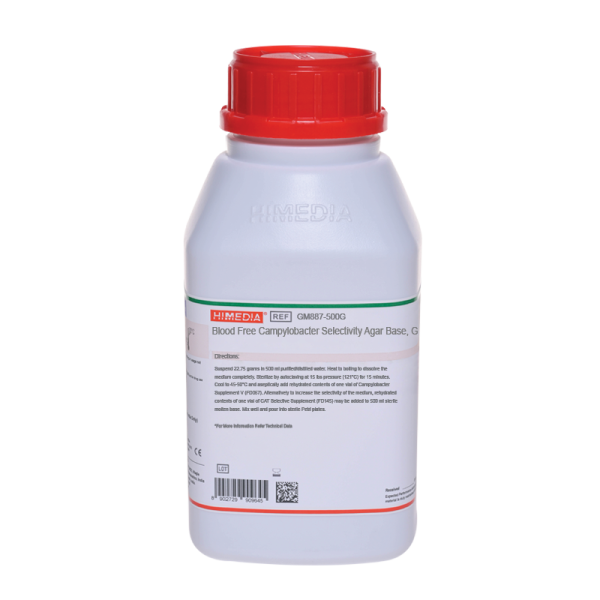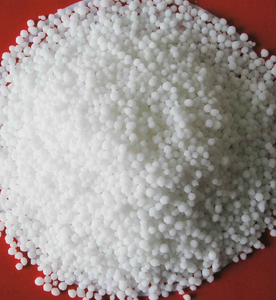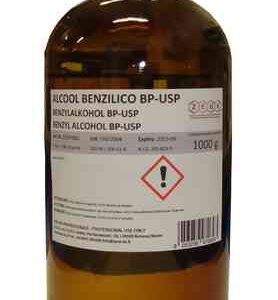Campylobacter selective Agar base
Description
Campylobacter fetus is the causative agent of enzootic abortions and enteritis in domestic livestock (MÜLLER 1980). Campylobacter jejuni and Campylobacter coli in particular are largely responsible for the Campylobacter enteritis which affects humans (SKIRROW 1977, BUTZLER and SKIRROW 1979, BOKKENHEUSER et al. 1979, BLASER et al 1980). In man, Campylobacter is most commonly transmitted by foodstuffs derived from infected animals, water or direct contact with infected animals (ROBINSON et al. 1982, STERN and KOTULA 1982, CHRISTOPHER et al. 1983).
Principle
Microbiological method
Mode of Action
A nutrient-rich culture medium and an O2 -deficient, CO2- enriched atmosphere ensure that Campylobacter grows well. The antibiotics which are added as a Campylobacter selective supplement largely inhibit the accompanying microbial flora.
Typical Composition (g/litre)
Peptone-protein mixture 21.0;
electrolyte 5.0;
starch, soluble 1.0;
agar-agar 13.0
Also to be added:
blood 50-70 ml; Campylobacter Selective Supplement 5 vials.
Composition (per vial)
Vancomycin 2.0 mg;
polymyxin 50.0 µg;
trimethoprim 1.0 mg.
Preparation and Storage
Usable up to the expiry date when stored dry and tightly closed at +15 to +25°C. Protect from light.
After first opening of the bottle the content can be used up to the expiry date when stored dry and tightly closed at +15 to +25°C.
Preparation
Suspend 40 g/litre, autoclave (15 min at 121 °C), cool to 45-50 °C, add 5-7% defibrinated blood (sheep, horse) and mix in 1vial of Campylobacter Selective Supplement per 200ml culture medium, pour plates. pH: 7.3 ± 0.2 at 25 °C.
Before adding blood, the prepared medium is clear and yellowish-brown; afterwards light red and non-hemolytic.






Reviews
There are no reviews yet.